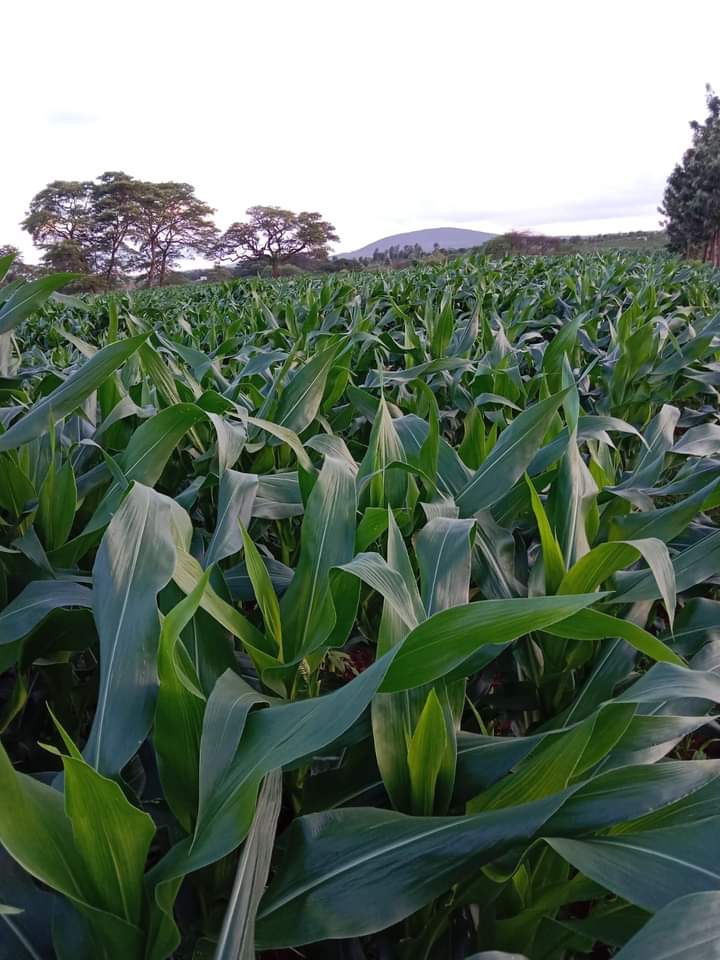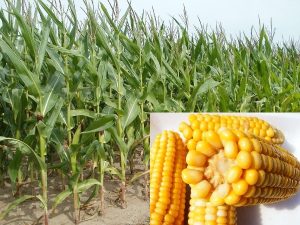The concept of organic farming has proven to be very effective. However, there are a lot of people who have no idea how to implement it. The type of farming method used for the farming of maize is largely dependent on the amount of rainfall, soil fertility, and imbalanced nutrition which are the major cause of poor yield, especially for small-scale farmers.
Lack of information on crop nutrition has resulted in to use of fertilizers with low returns and has led to farmers’ complaints of poor yield from the farm despite using fertilizers and hybrid seeds.
Where optimum yields are not achieved despite the crop not showing any signs of nutrient deficiency, there is a need to address sufficient secondary and trace elements in fertilizers to achieve or maximize the output when no other factor is affecting or limiting.
A survey on crop nutrition status has shown that in most maize-growing regions the soils are generally low on nutrients such as carbon, sulphur, zinc, and potassium. These are important nutrients in maize production for a farmer to achieve full production.
Soils with high organic are the key factor in soil fertility, it helps in releasing the nutrients for plant growth and promotes the physical and biological health structure of the soil, while sulphur improves the utilization of nitrogen by the crop as well as the formation of amino acids, zinc is crucial as it improves the growth of the plants, shoots and root growth, they also help in strong crop development at an early stage and proper grains filling and weight.
Bharat Bio east Africa Limited, the makers of Bharat prom have formulated a replacement for the synthetic DAP for planting and topdressing maize, it’s designed for both small-scale and large-scale maize farmers and comes at affordable prices.
Bharat prom offers a solution with key nutrients phosphorus, carbon, calcium, zinc, sulphur, and iron for high productivity in maize. It provides a more balanced Nutritional program compared to other fertilizer programs that supply only two elements.
Demonstrations carried out in different farmer’s fields within different counties where maize is the major crop show uniformity and improvement of yields with most farmers achieving a 30% increase from their average output per acre. Significantly this increased productivity has shown an increase in household income.



